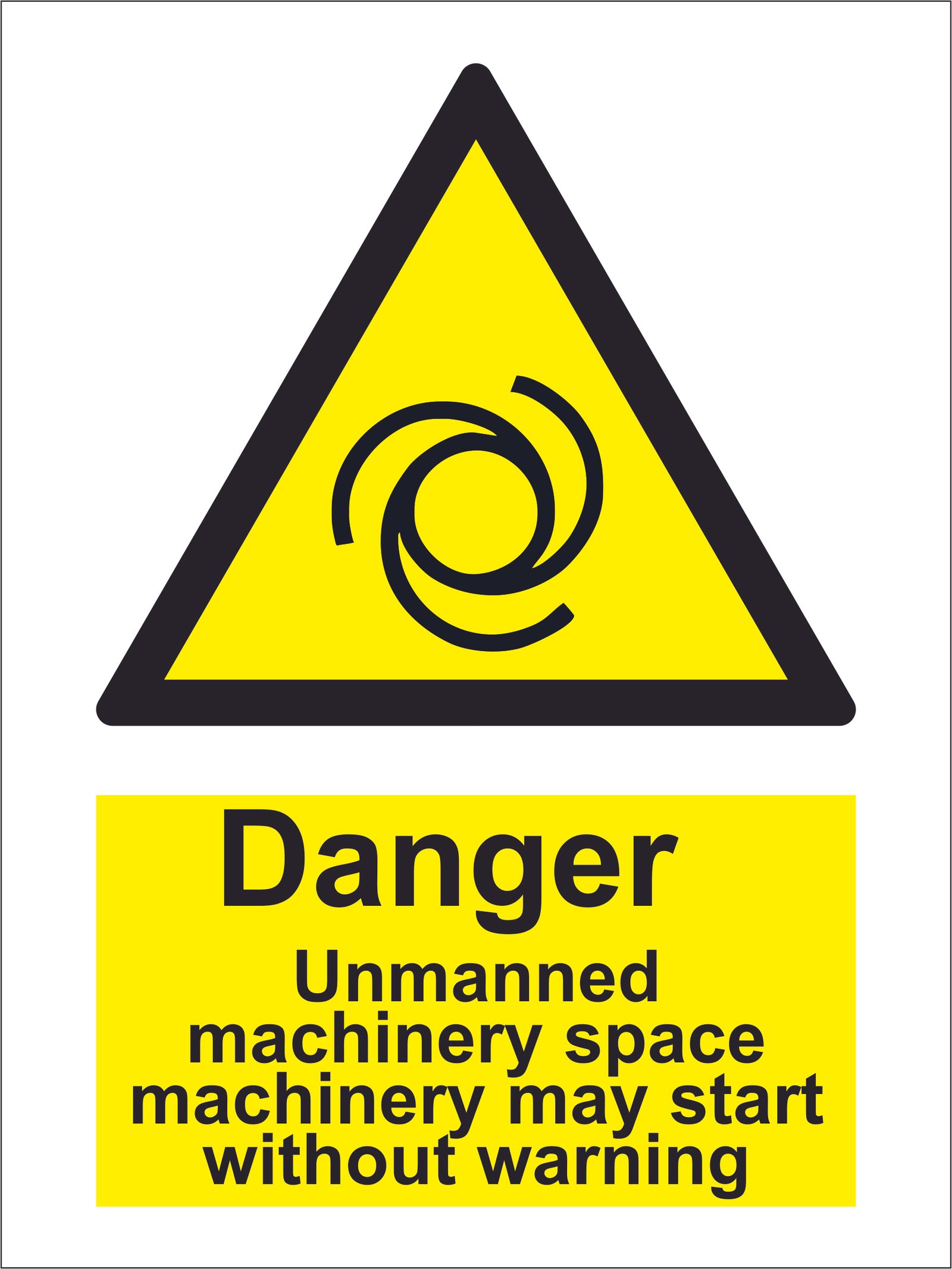
- Introduction to Unmanned Machinery Spaces (UMS)
- Definition of Machinery Space
- How UMS Works in the Maritime Environment
- Key Components of UMS
- Centralized Control System
- Automatic Fire Detection and Extinguishing Systems
- Alarm Systems
- Emergency Systems
- Control Alarm Monitoring System (CAMS)
- Major Manufacturers and Popular Models
- Specifications of a Typical UMS System
- Conclusion
1. Introduction to Unmanned Machinery Spaces (UMS)
Unmanned Machinery Spaces (UMS) refer to ship configurations that allow for machinery spaces to operate without continuous human supervision, leveraging advanced automation systems to ensure safety and efficiency.
2. Definition of Machinery Space
Machinery spaces on ships house essential systems like propulsion machinery, boilers, and generators. These spaces are critical for the ship’s operation and are typically located in the engine room.
3. How UMS Works in the Maritime Environment
UMS systems enable ships to operate with reduced manpower by using automation and remote monitoring. Engineers monitor and control machinery from a centralized location, typically the bridge, allowing the engine room to be unattended for up to 16 hours under certain conditions.
4. Key Components of UMS
4.1 Centralized Control System
This system integrates various sensors and automation technologies, allowing engineers to monitor and control machinery from the bridge or control room .
4.2 Automatic Fire Detection and Extinguishing Systems
These systems detect and respond to fires in machinery spaces with remote activation capabilities, ensuring rapid and effective fire suppression.
4.3 Alarm Systems
Comprehensive alarm systems alert crew members to malfunctions or abnormal conditions, with alarms located in control rooms and living quarters.
4.4 Emergency Systems
These systems include automatic start of emergency generators and fire pumps, ensuring critical functions remain operational during emergencies.
5. Control Alarm Monitoring System (CAMS)
CAMS continuously monitors the operational status of the ship’s machinery, collecting data from sensors and triggering alarms for deviations. It integrates with UMS to provide real-time updates and automated responses to potential issues.
6. Major Manufacturers and Popular Models
Prominent manufacturers include ABB, Siemens, and Wärtsilä. A popular model is Wärtsilä’s Integrated Automation System (IAS), known for its real-time data acquisition, advanced alarm management, and user-friendly interface.
7. Specifications of a Typical UMS System
Typical UMS systems feature redundant power supplies, high-level sensors and detectors, remote control capabilities, and data logging. These specifications ensure continuous operation and comprehensive monitoring.
8. Conclusion
UMS systems enhance operational efficiency and safety by leveraging advanced automation and remote monitoring. Adhering to stringent regulatory standards and maintenance practices is crucial for the reliability and effectiveness of these systems.
This structured approach covers the definition, workings, components, and integration of UMS and CAMS, along with references to major manufacturers and specifications of typical systems.




